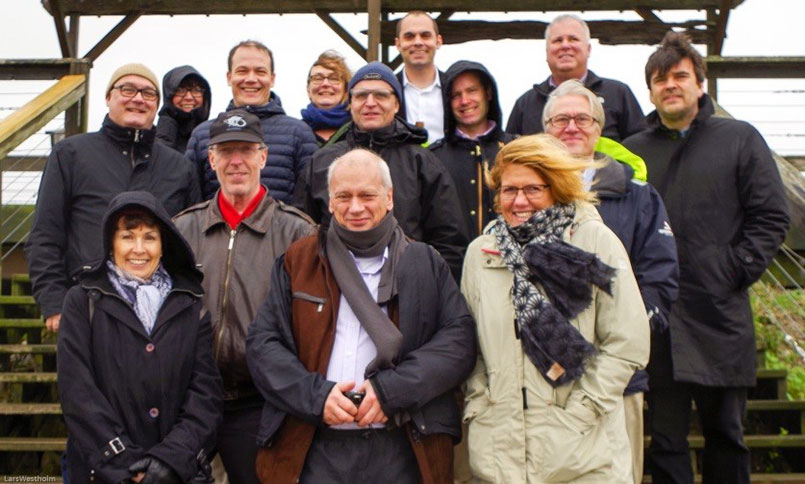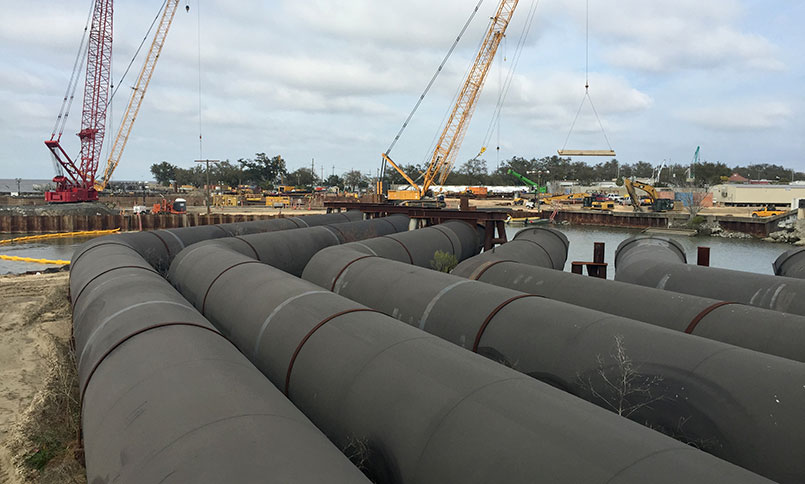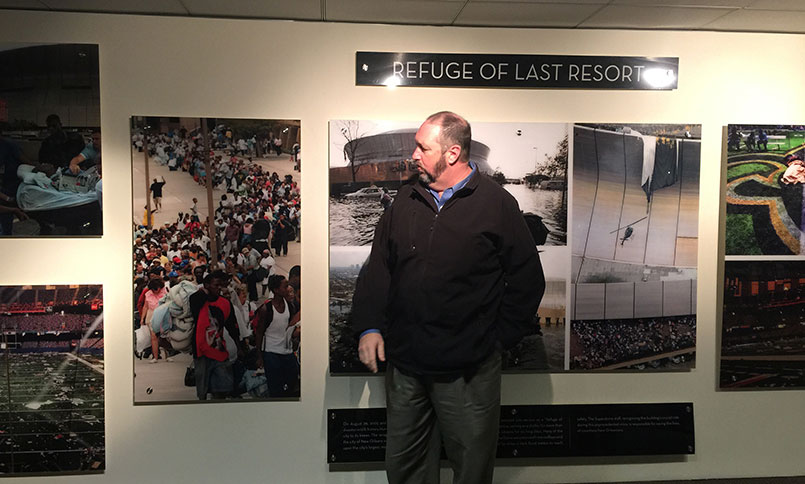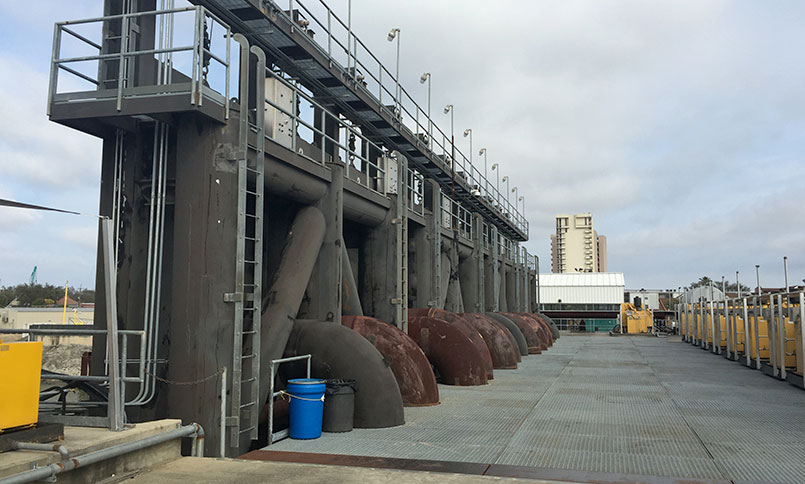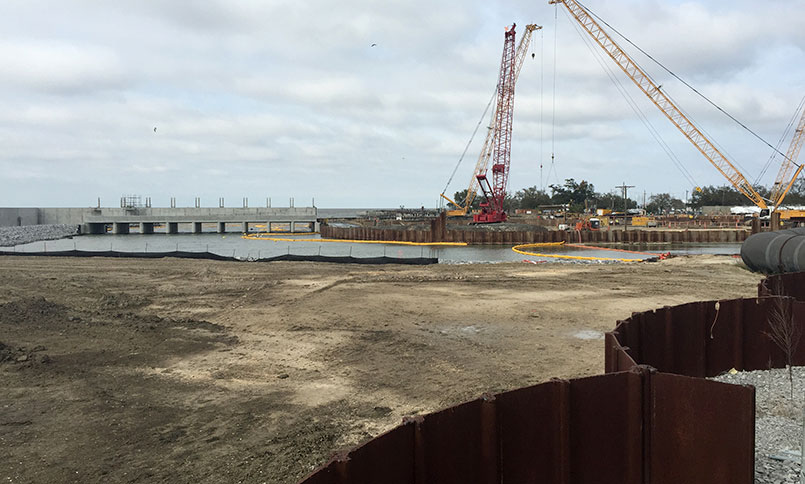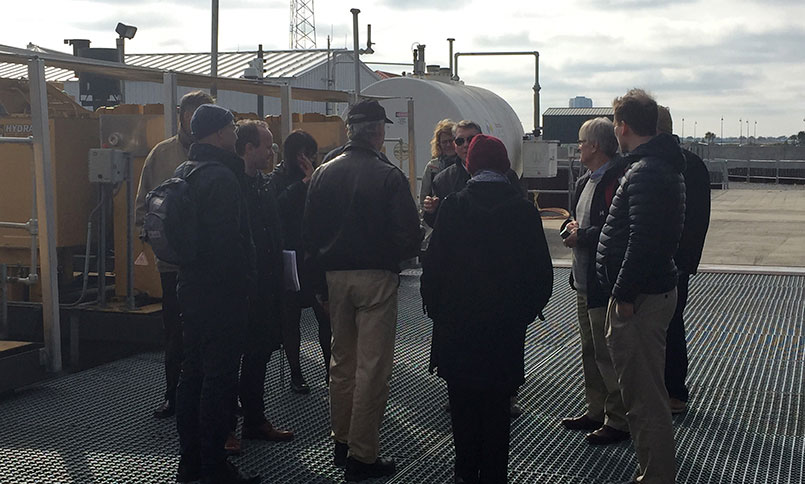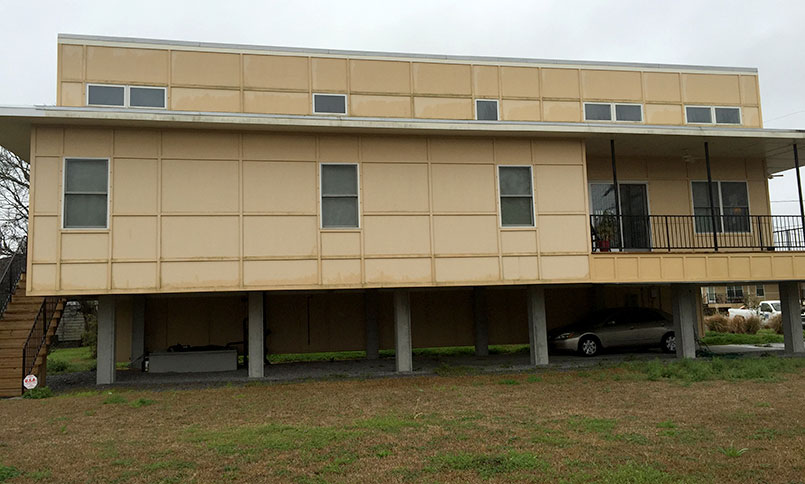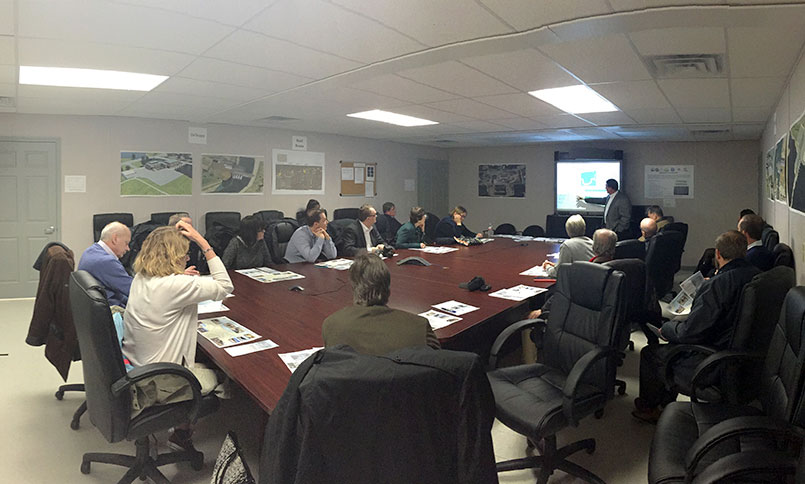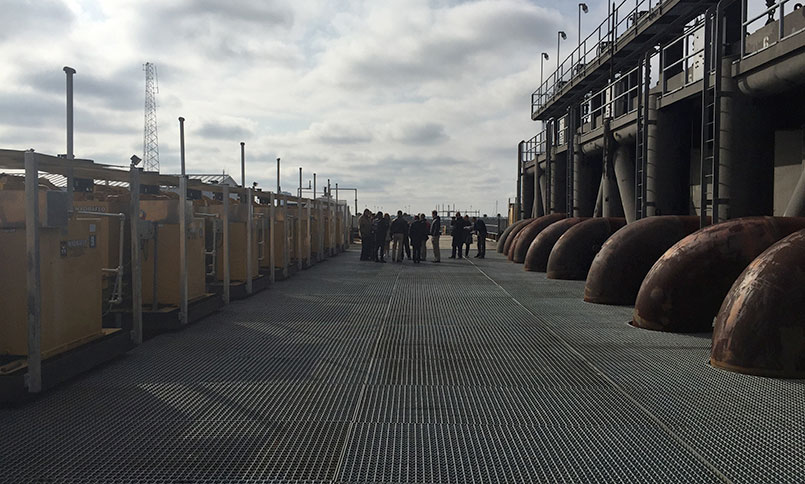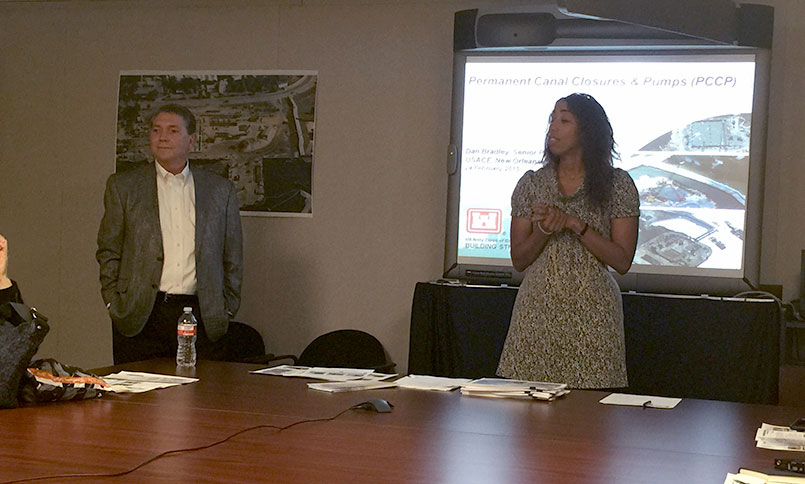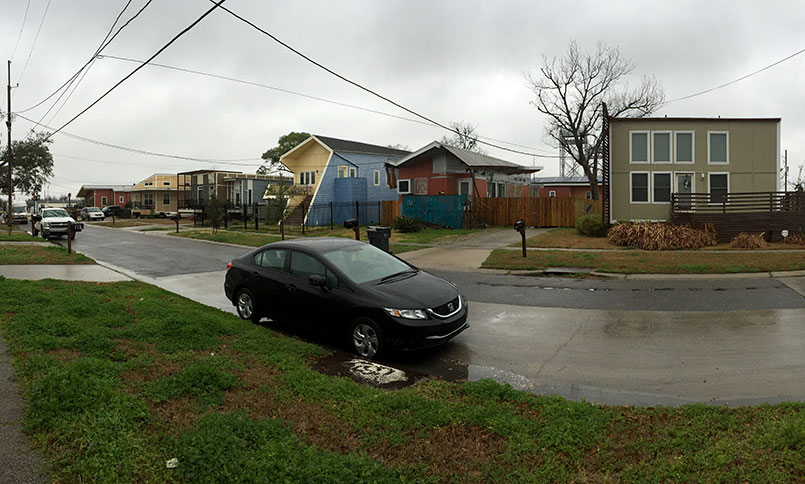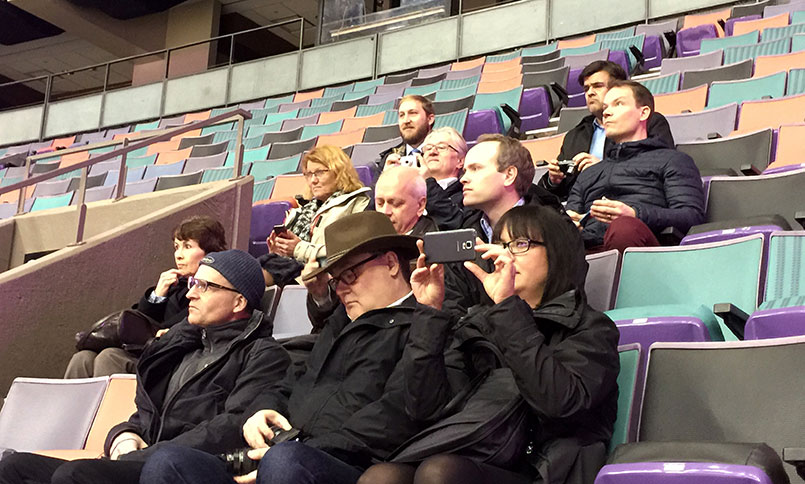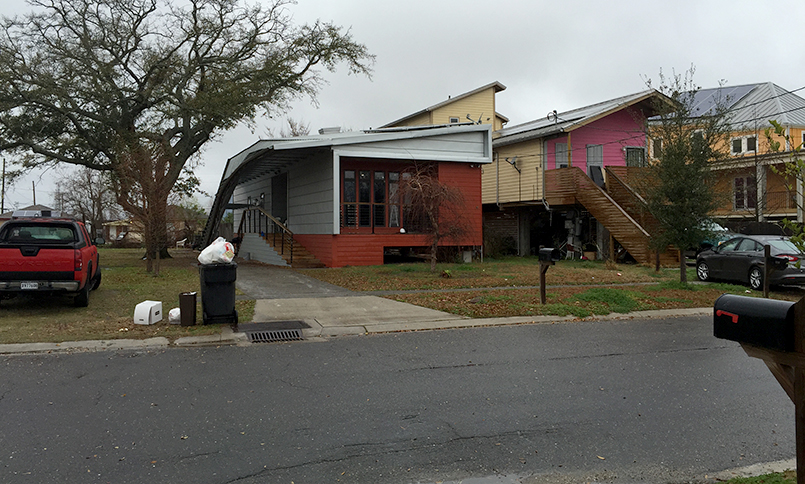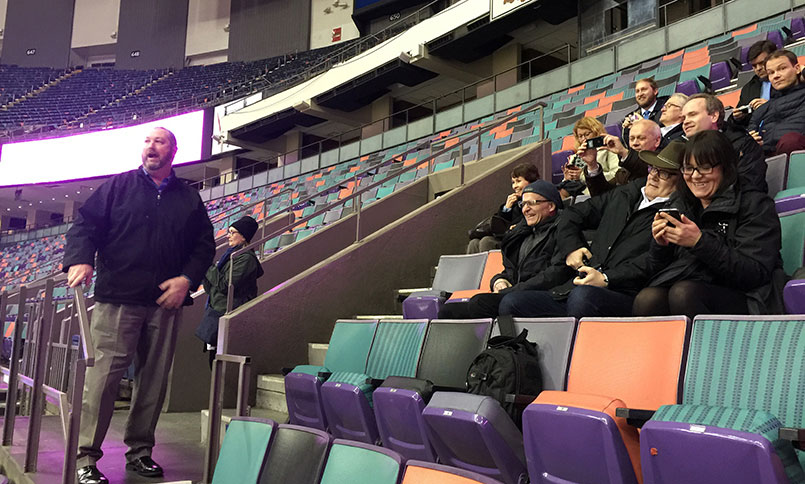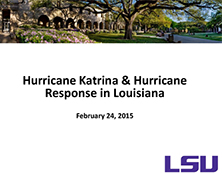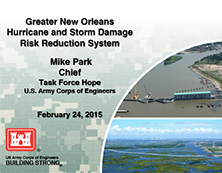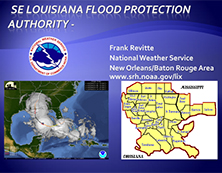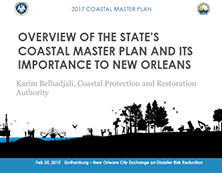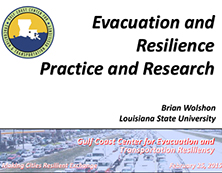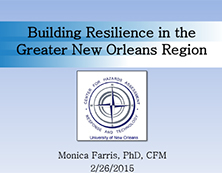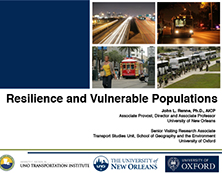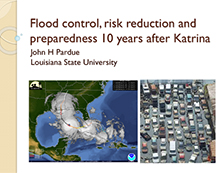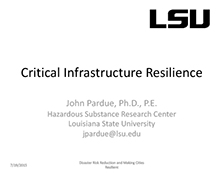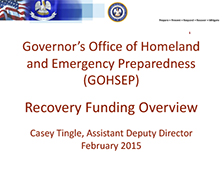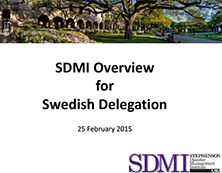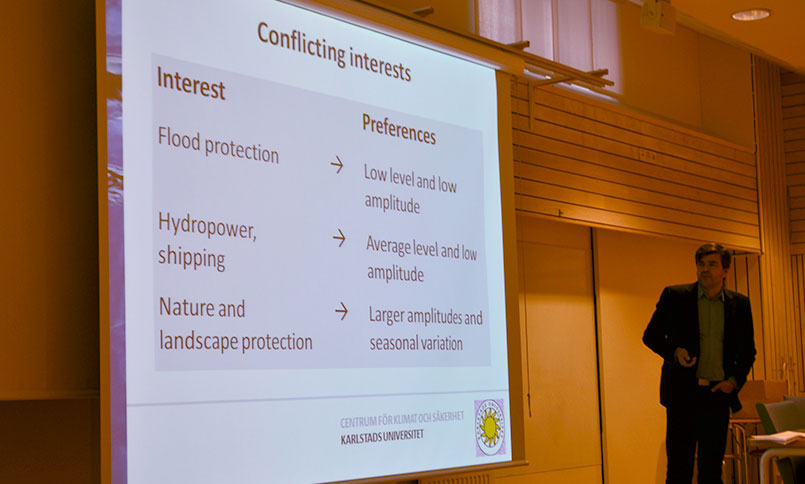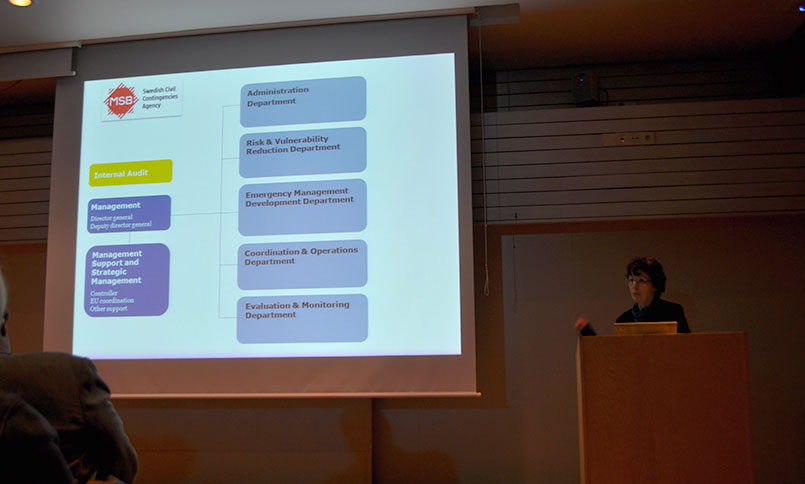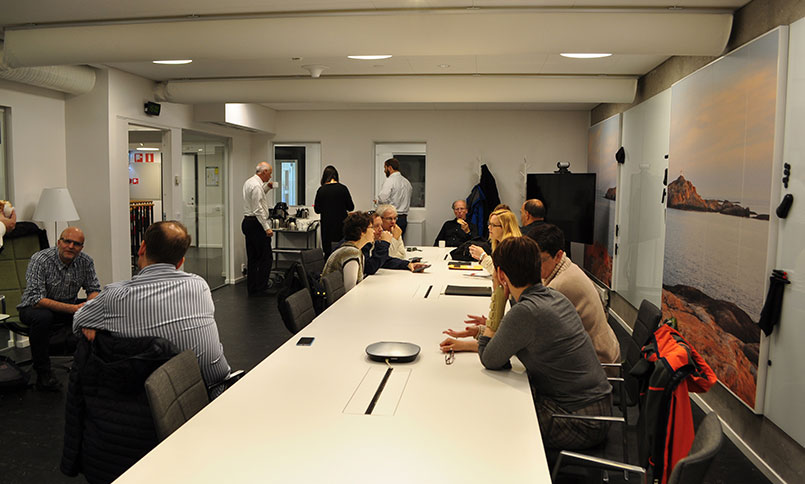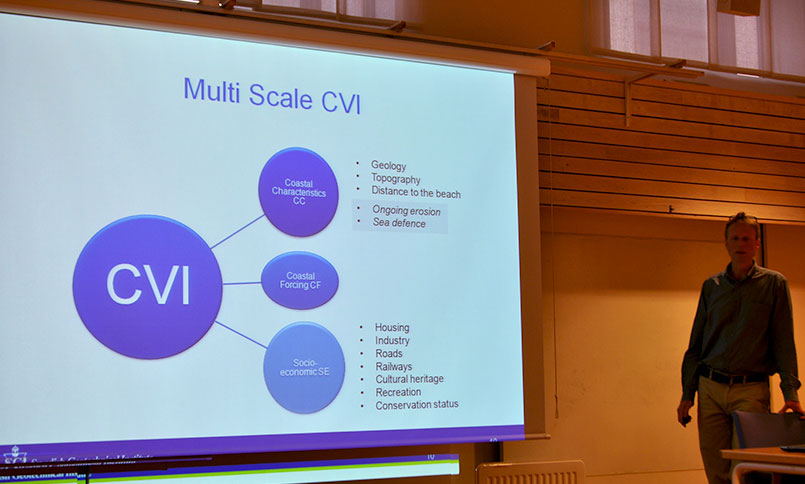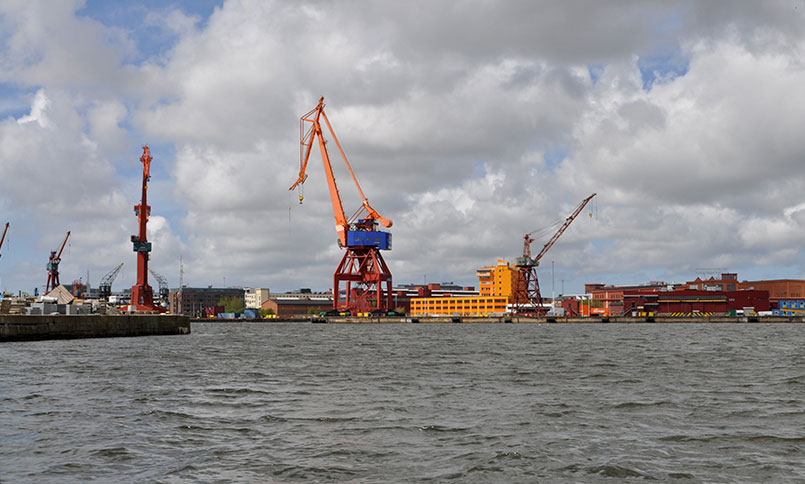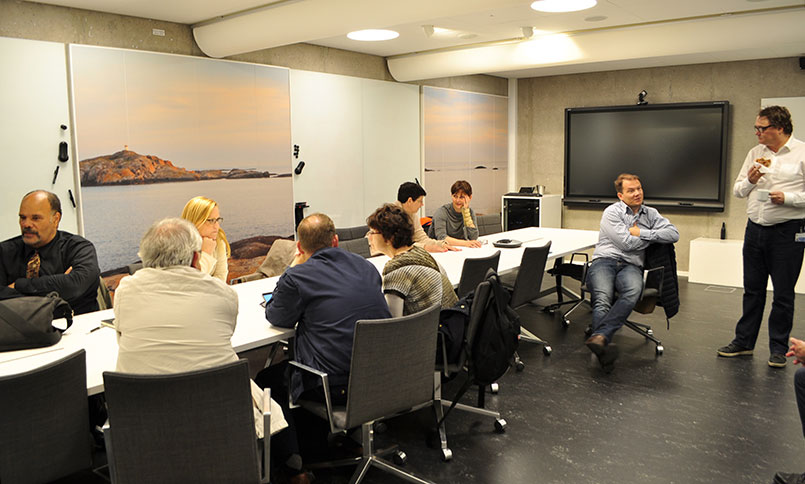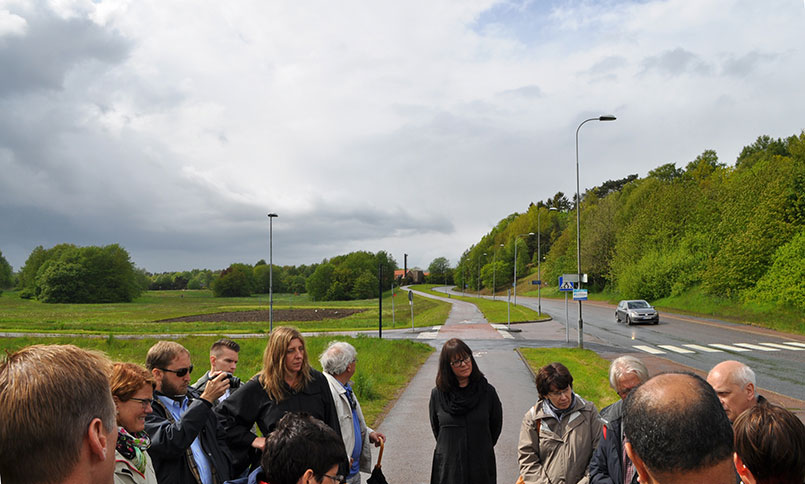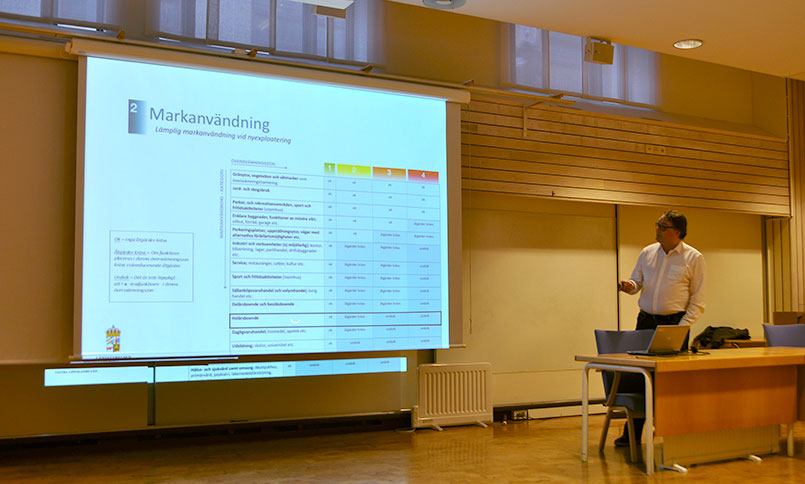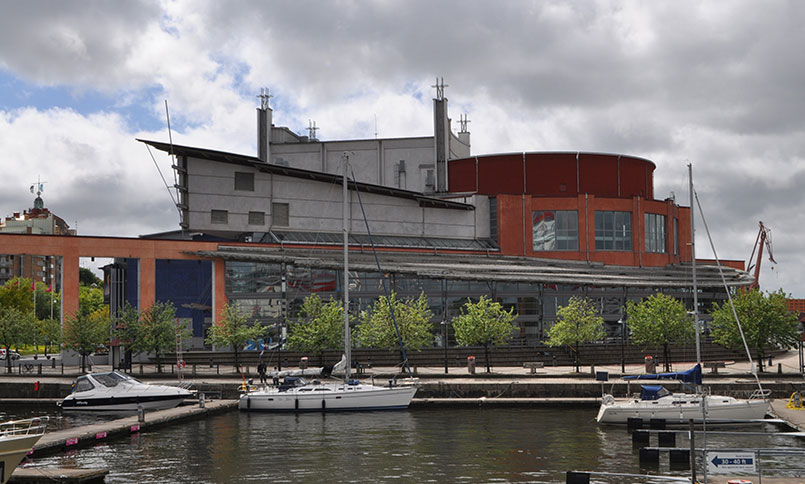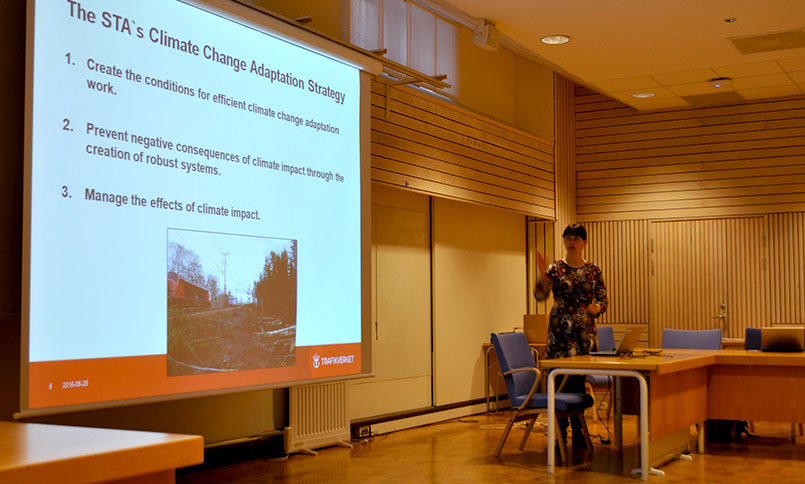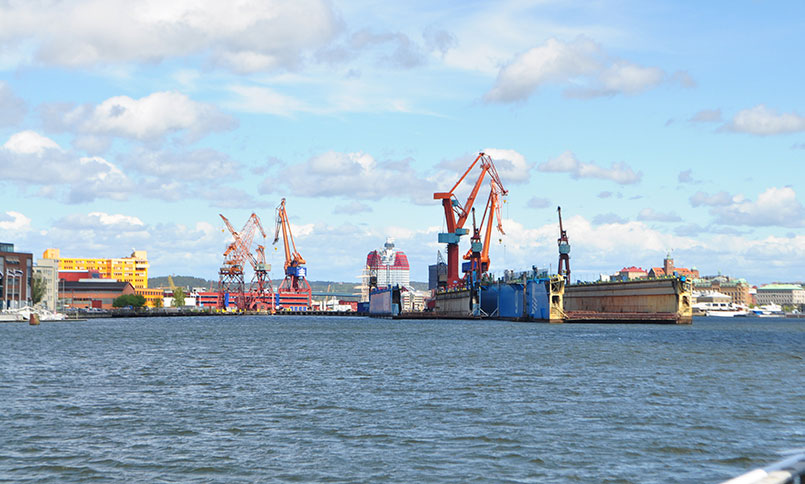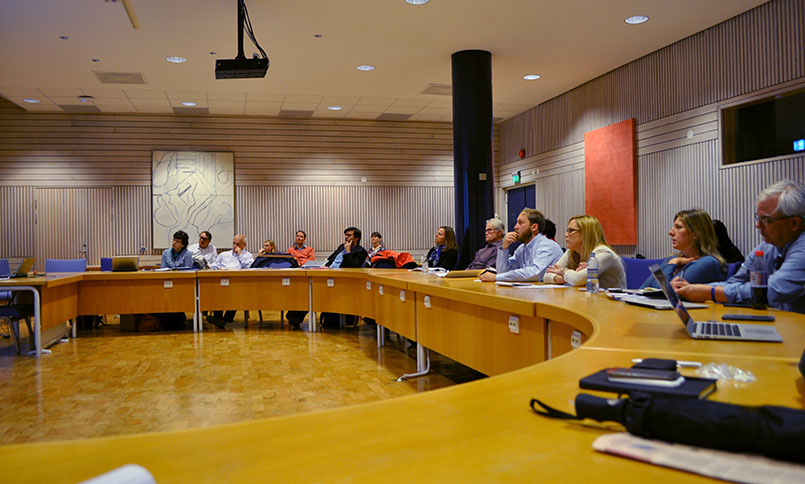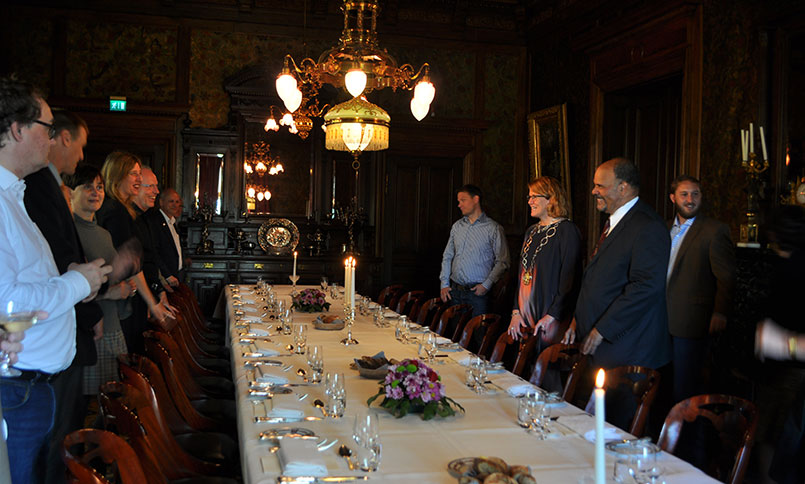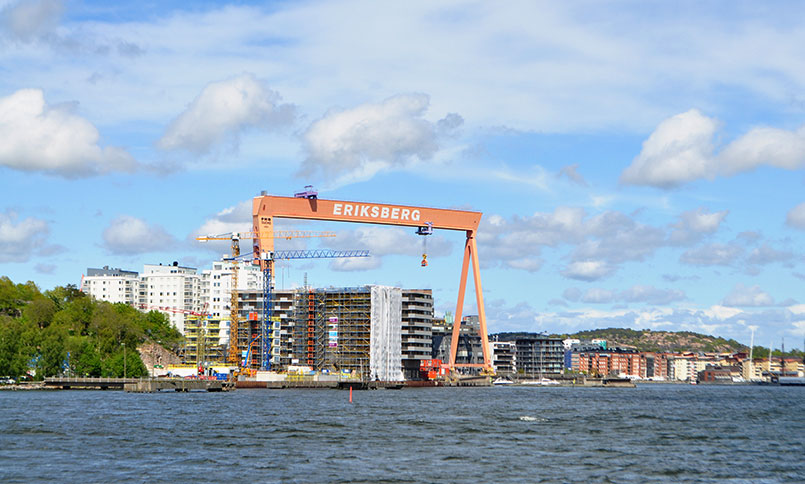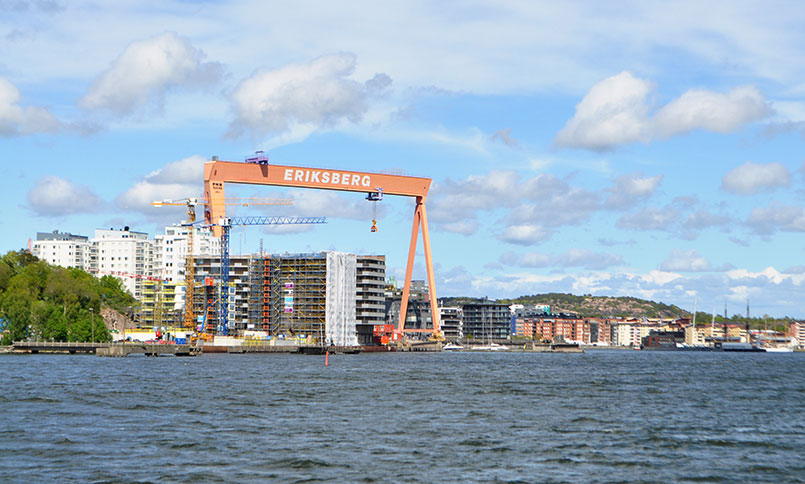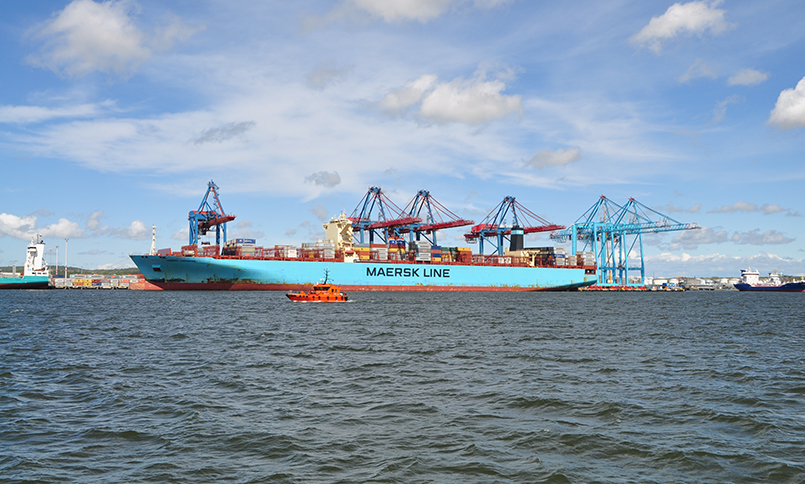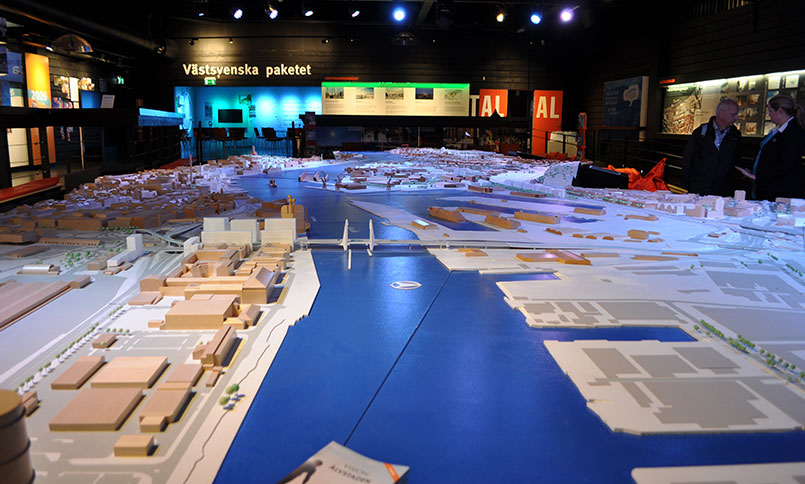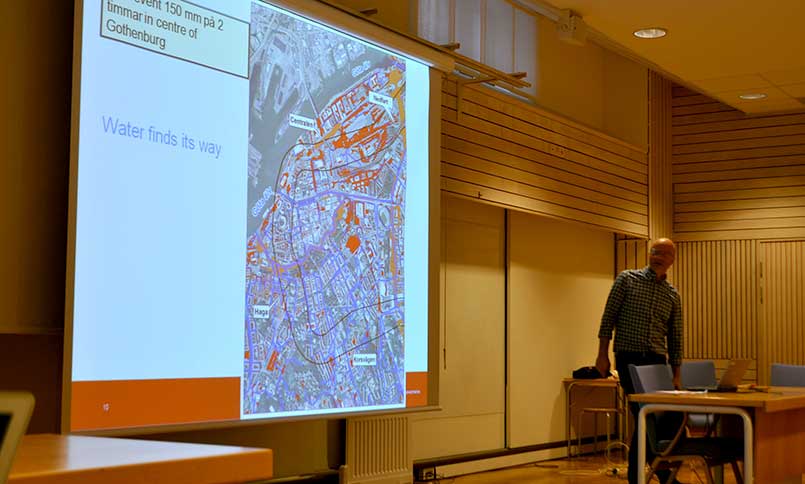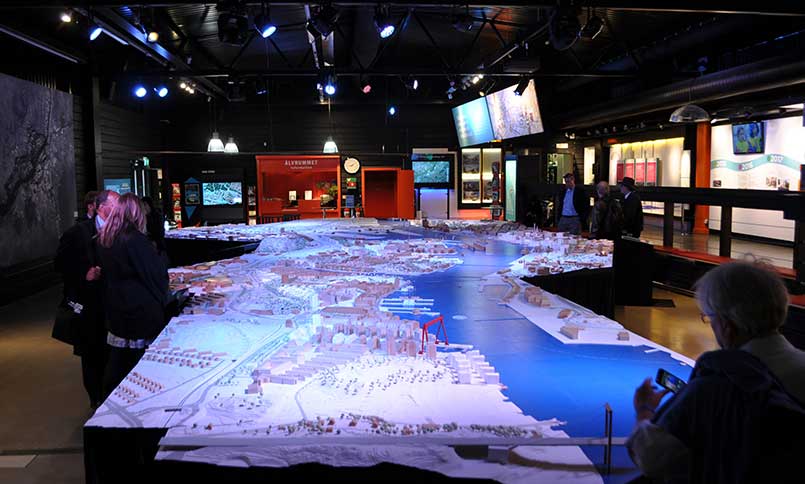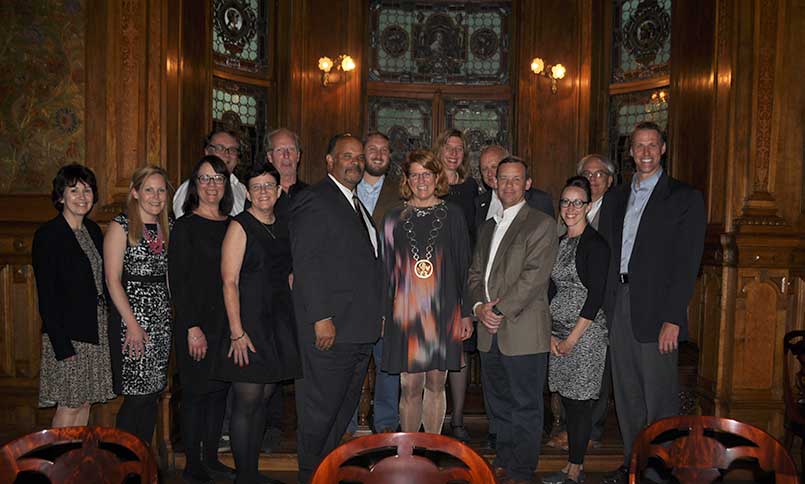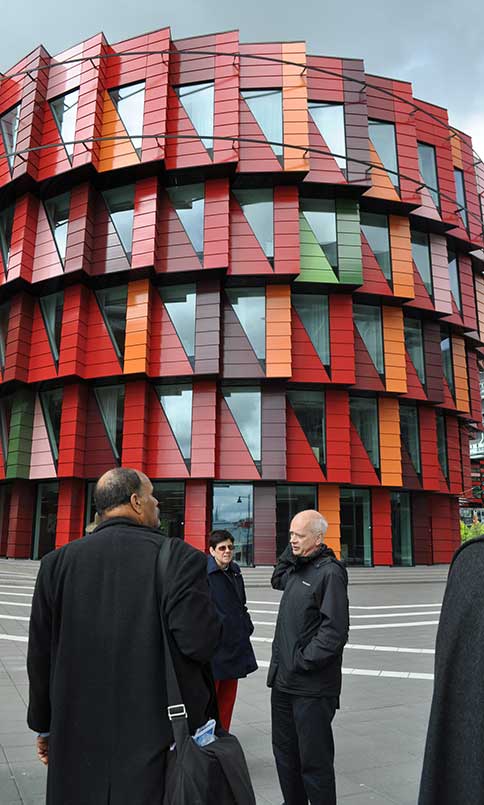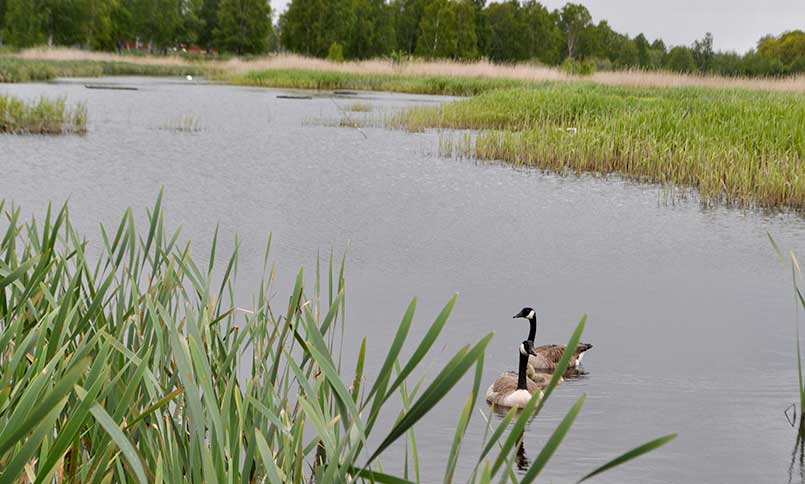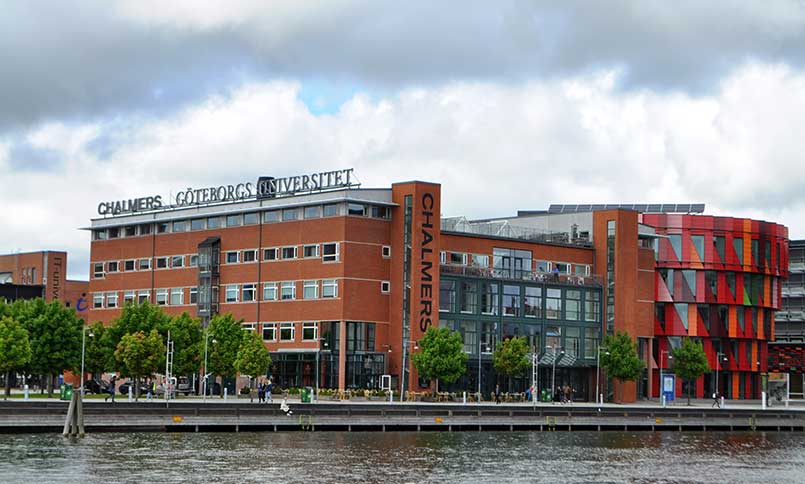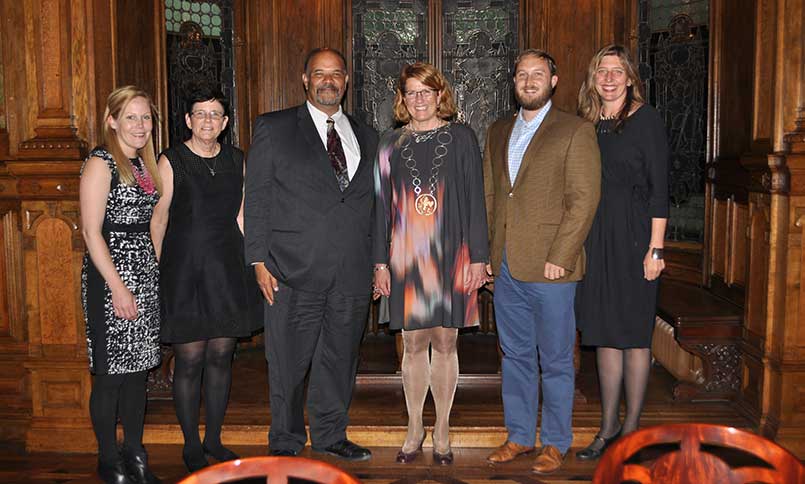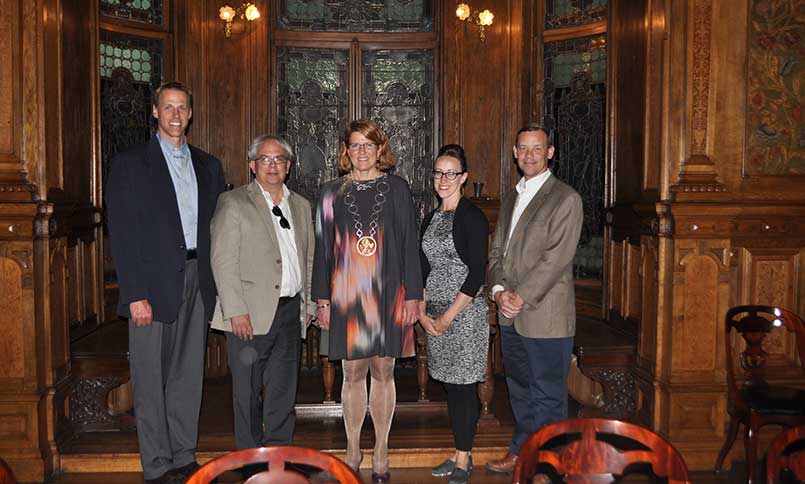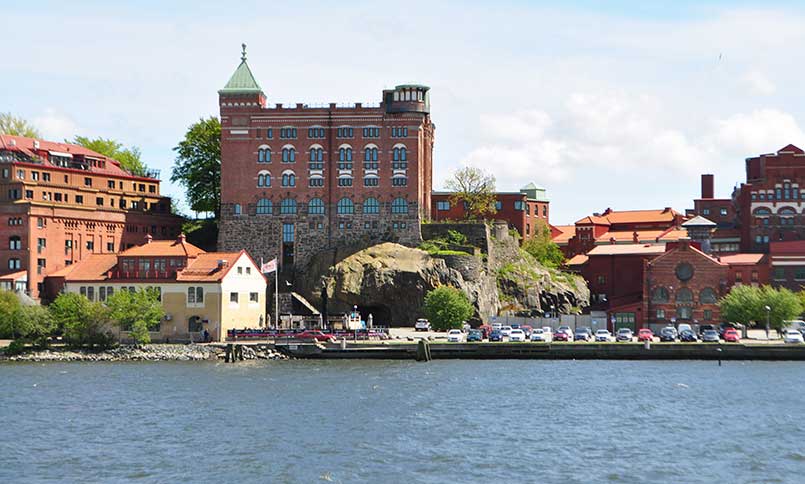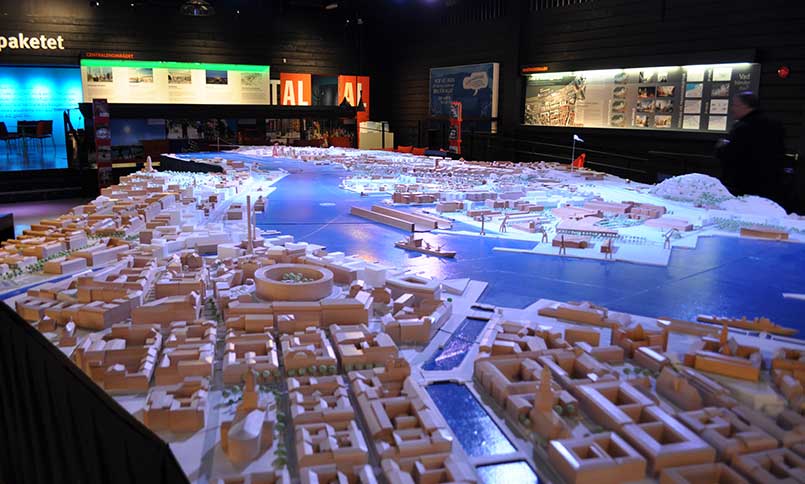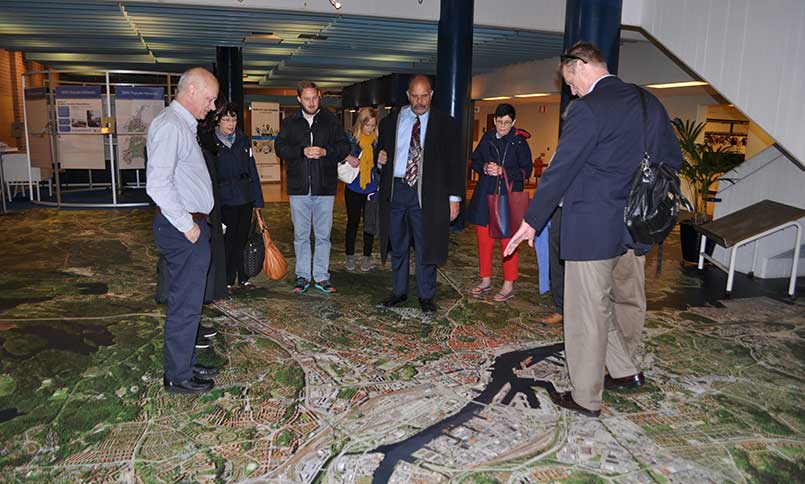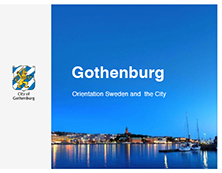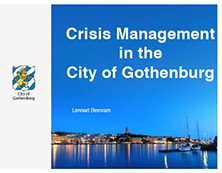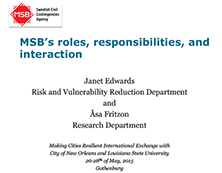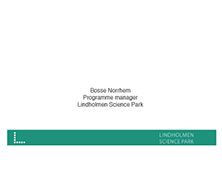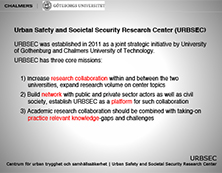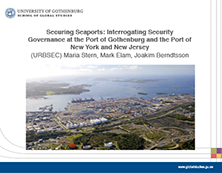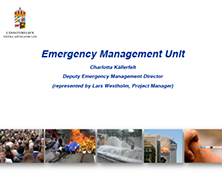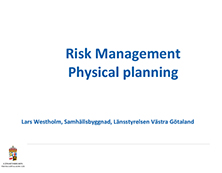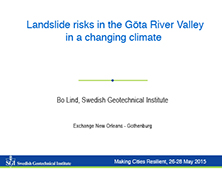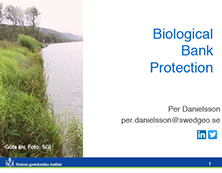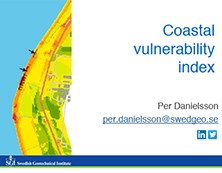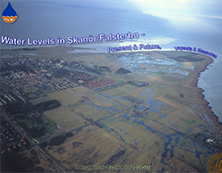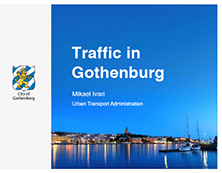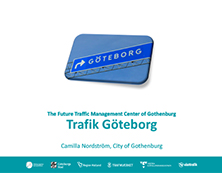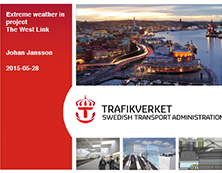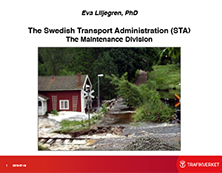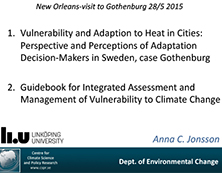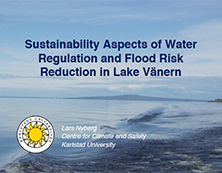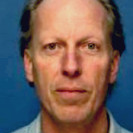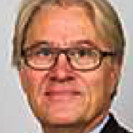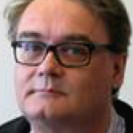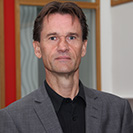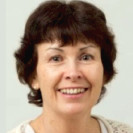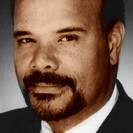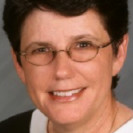Making Cities Resilient New Orleans / Gothenburg Exchange


 City of New Orleans
City of New Orleans
 City of Gothenburg
City of Gothenburg
 Stephenson Disaster Management Institute
Stephenson Disaster Management Institute
Understanding the value that can be provided through the exchange of information and ideas, the Sweden Civil Contingency Agency (MSB) planned and financed an international exchange of knowledge for 5 practitioners from Gothenburg and 5 Swedish researchers as well as 5 practitioners from the City of New Orleans and 5 researchers from Louisiana State University. This effort expands upon an agreement signed in 2007 by the MSB with the United States Department of Homeland Security (DHS). As part of the agreement, the MSB entered into a bilateral security research and development agreement with the goal of initiating and promoting lasting collaboration between the MSB and the DHS, Swedish authorities and their U.S. counterparts within the homeland security spectrum, and Swedish research organizations and their U.S. equivalents.
Full Report
(without presentations)
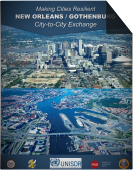 Download:
Download:
Full Report
(with presentations)
 Download:
Download:
United Nations “Making Cities Resilient”Campaign
In 2010, the United Nations International Strategy for Disaster Reduction (UNISDR) began the “Making Cities Resilient: My City is Getting Ready” campaign. The intent of the campaign is to work with cities, towns and local governments to increase their overall resiliency to disasters by implementing risk reduction strategies. This UNISDR campaign was originally developed for the Hyogo Framework for Action that was adopted in 2005. The campaign is meant to promote the implementation of the Hyogo Framework: 2005-2015 as well as the new Sendai Framework for Disaster Risk Reduction: 2015 – 2030, at the local level. One of the primary drivers behind this effort is the establishment of a ten-point checklist designed to provide cities with a list of ten essentials, as seen below, that serve as a guide for local governments and cities to implement and base future investments in an effort to enhance their resiliency. UNISDR encourages cities to exchange with each other in order to learn more about how to make their cities more resilient to disasters. The part of this two way exchange took place in New Orleans, Louisiana in February 2015. The second part occurred in Gothenburg, Sweden in May 2015.
Sweden has taken a very progressive posture towards implementing risk reduction activities as part of the Making Cities Resilient initiative. At the time of this publication, eleven Swedish cities participate in the campaign: Gothenburg, Arvika, Jokkmokk, Jönköping, Karlstad, Kristianstad, Malmö, Vansbro, Vellinge, Värnamo and Ängelholm. In comparison, the United States only has a total of 4 cities that are participating. The Secretariat of the Swedish National Platform (the Risk & Vulnerability Reduction Department of the Swedish Civil Contingencies Agency, MSB) supports Swedish municipalities in multiple ways that facilitates their participation in the Making Cities Resilient Campaign. Foremost among these efforts is the ability to participate in international exchanges with other cities. In 2012 Gothenburg municipality initiated its participation in the Making Cities Resilient campaign and has been actively participating in national and international activities. Gothenburg has also taken a leadership role in the campaign by hosting one of the national meetings in the Making Cities Resilient Network.
For More Information About UNISDR and the Sendai Framework for Disaster Risk Reduction, please go to the following link: http://www.unisdr.org/we/coordinate/sendai-framework
10 Essentials
Having endured and recovered from the costliest disaster in the history of the United States, the City of New Orleans serves as an ideal partner for other cities, both domestic and international, to learn from and in many cases emulate its efforts to increase their own resiliency (NOAA, 2014). Through partnerships with Federal and State agencies, and an infusion of federal recovery dollars, the City has been able to recover and is now stronger and more resilient than it has ever been.
Presentations
Agenda
Presentations
Agenda
Presentations Three
Agenda
In 2012 Gothenburg municipality initiated its participation in the Making Cities Resilient campaign and has been actively participating in national and international activities. Gothenburg has also taken a leadership role in the program by hosting the national meeting in the Making Cities Resilient Network. For Sweden the opportunity to participate in an international exchange with the City of New Orleans provided an opportunity for the MSB to align the City of Gothenburg with an internationally known city with significant experiences in planning for, responding to and recovering from major disasters.


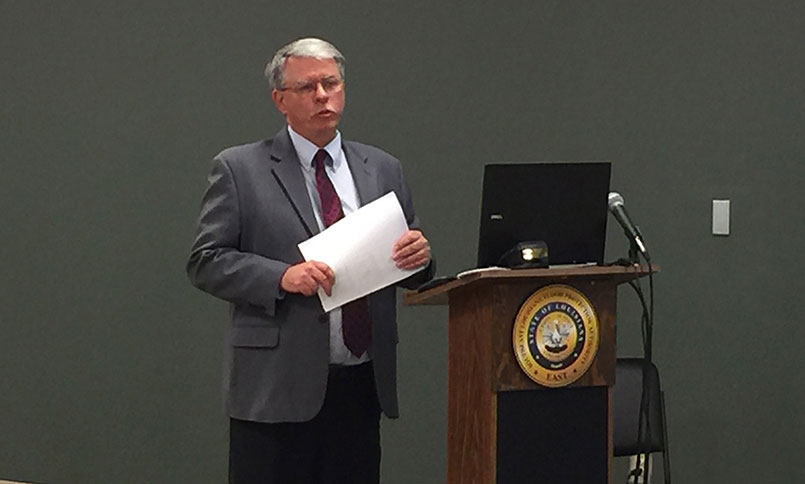
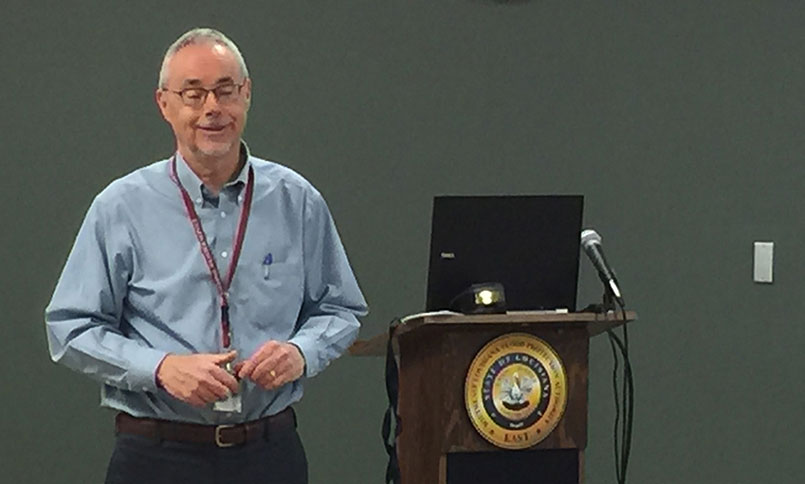
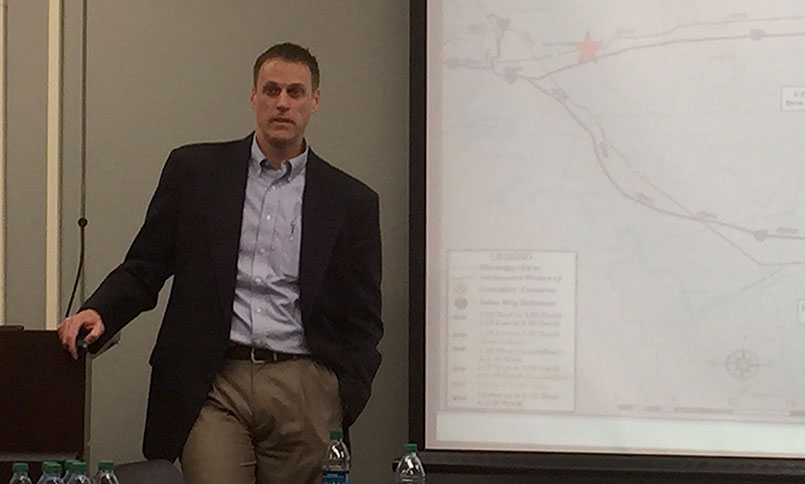
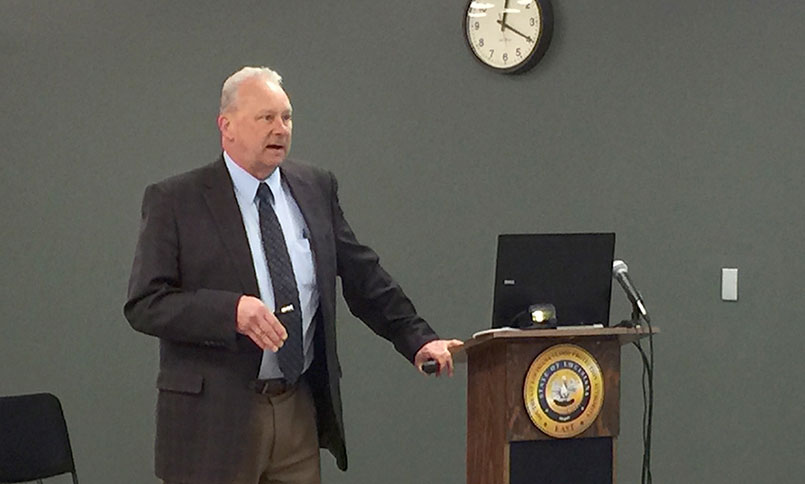
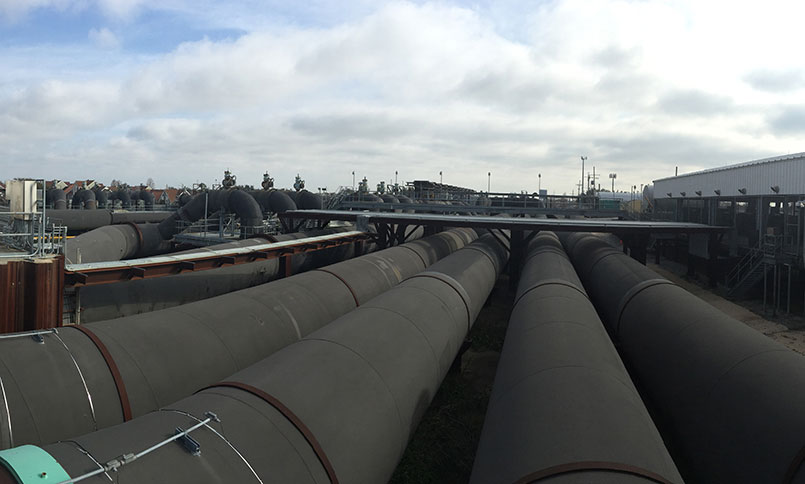
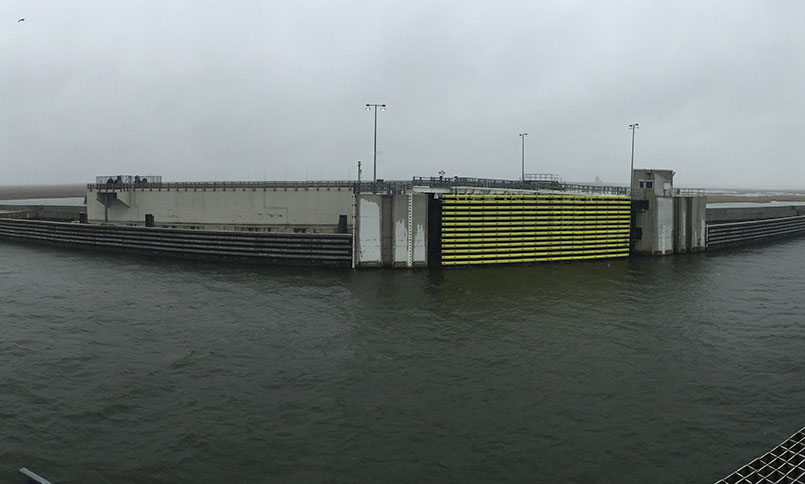
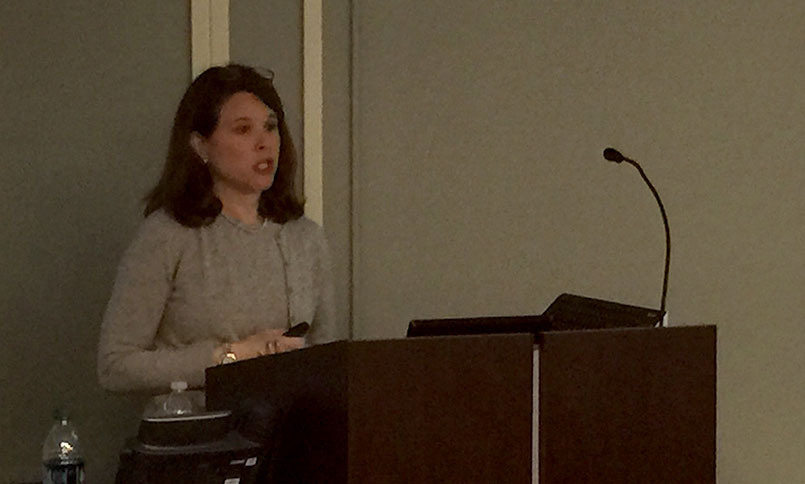
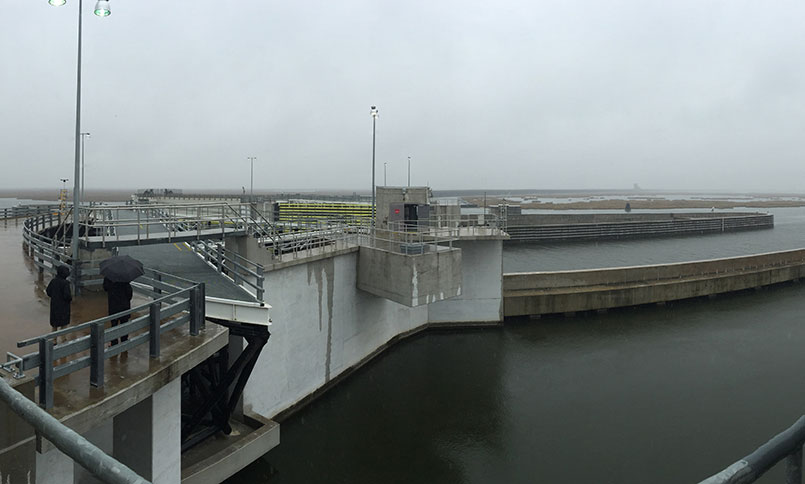
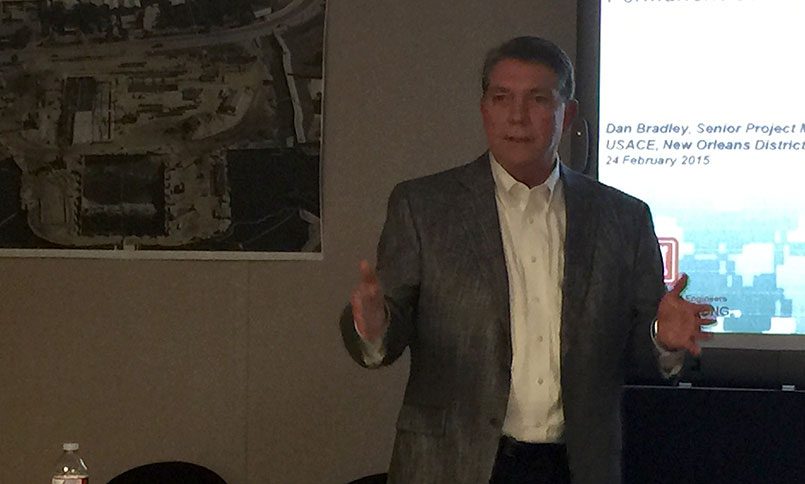
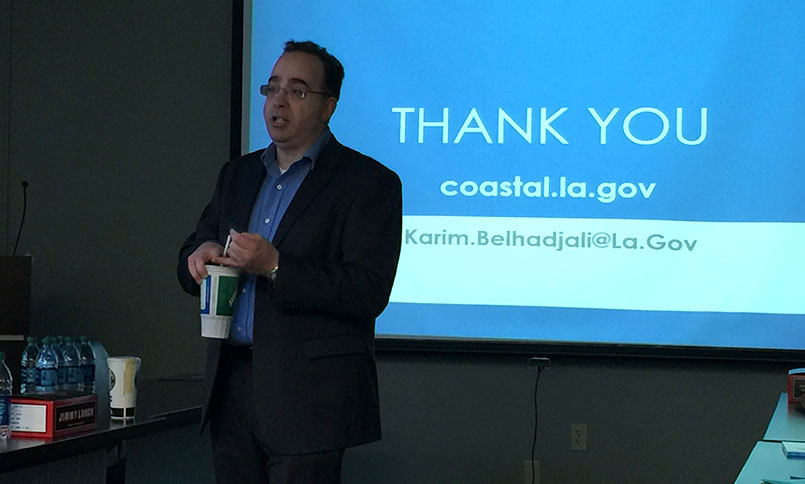
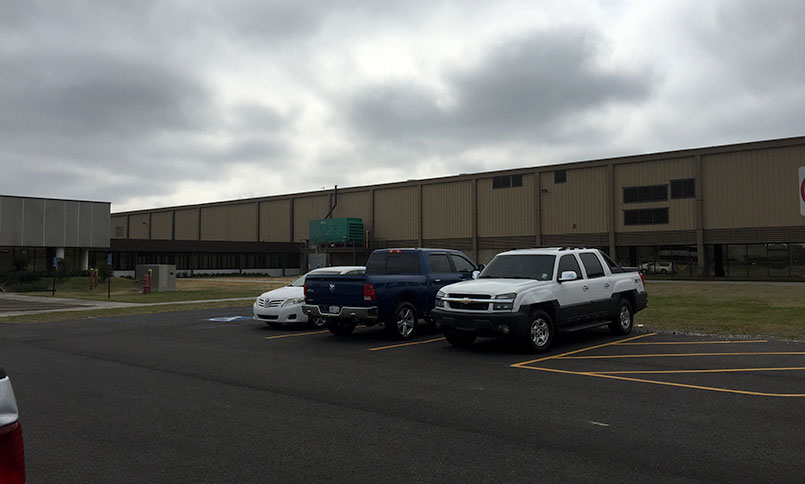
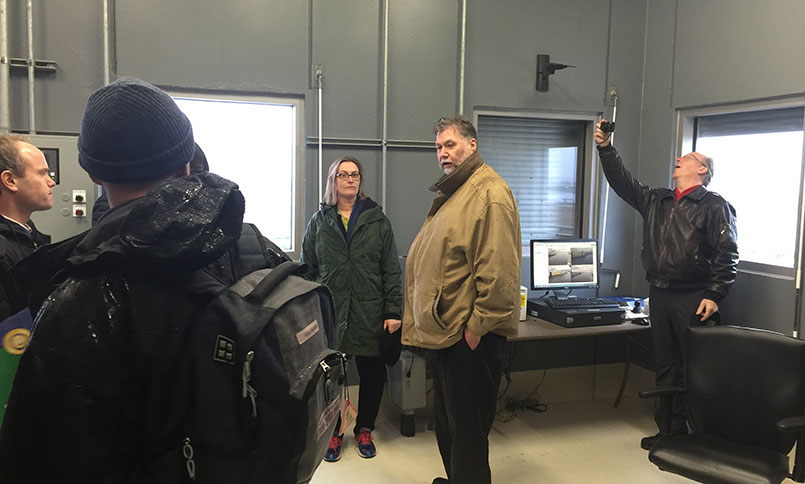
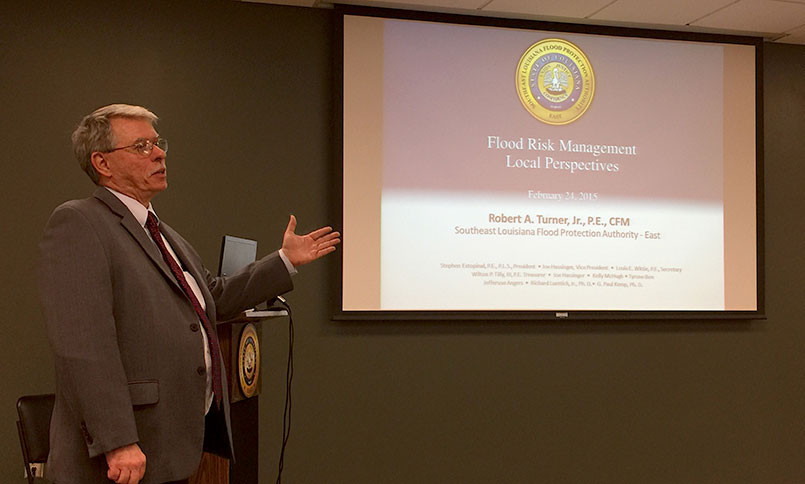
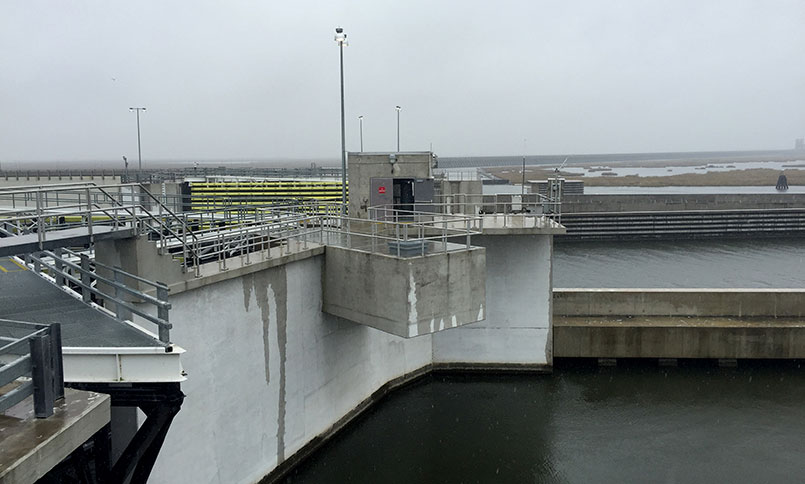
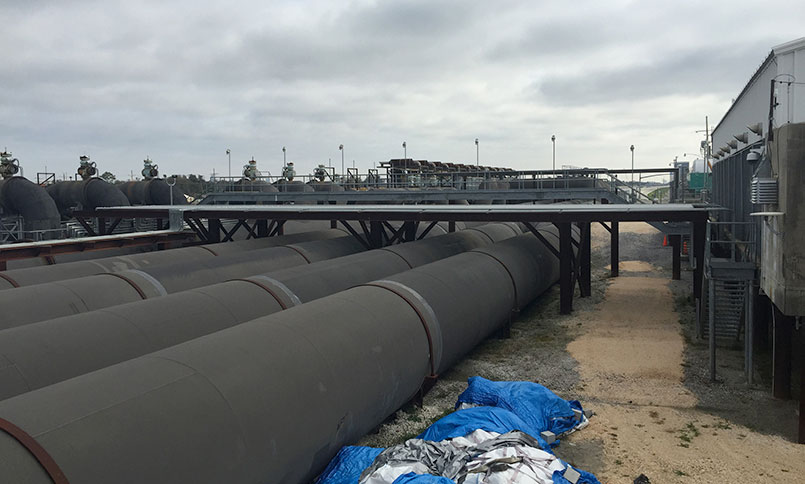
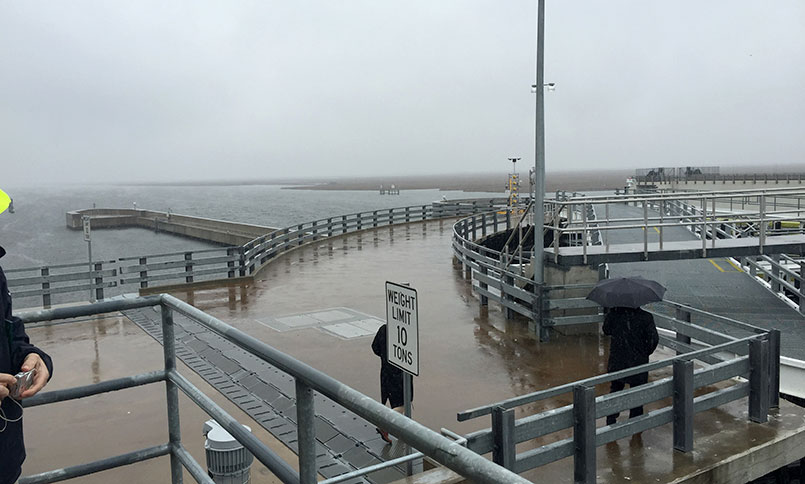
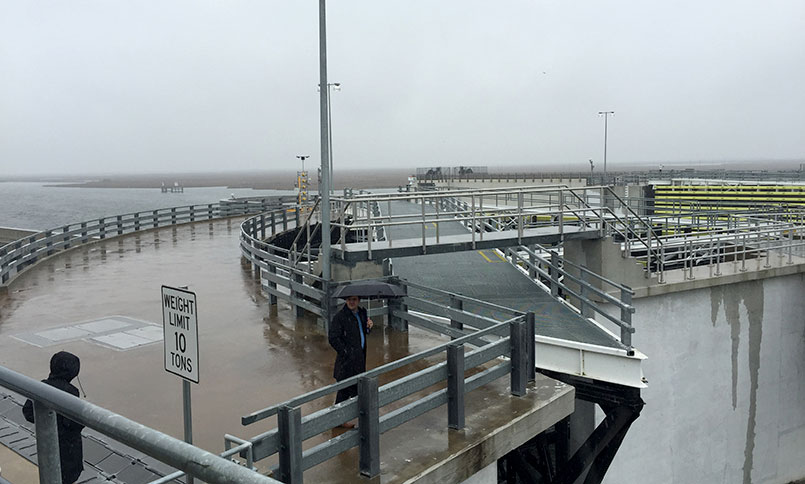
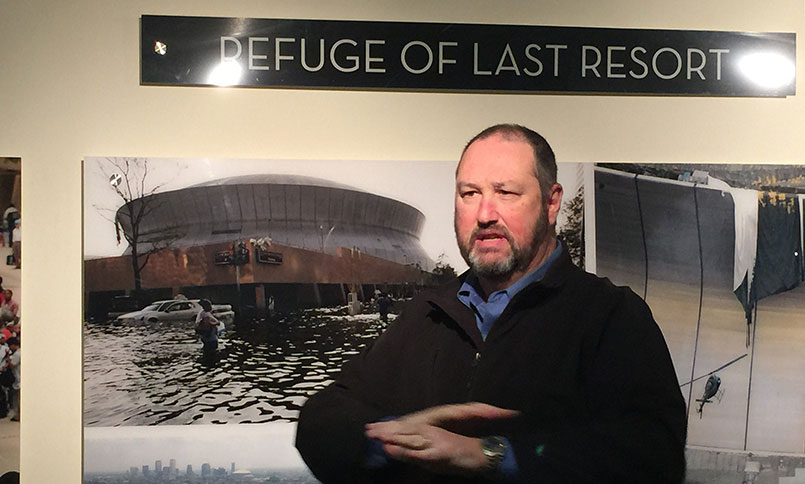



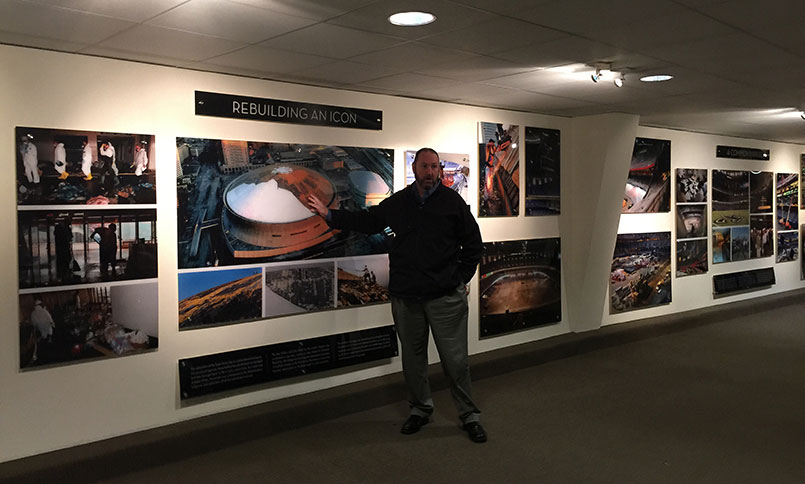
.JPG)
